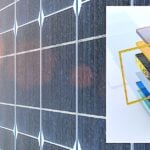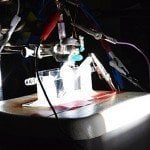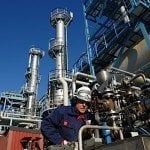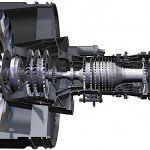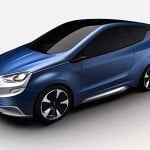The company that hopes to make flying cars a reality for the average consumer has taken the concept one step further. Terrafugia’s TF-X™ will be a four-seat plug-in hybrid electric flying car with vertical takeoff (VTOL) and landing capabilities.

The original Terrafugia Transition converts from car to aircraft in under a minute and is the only light aircraft designed to meet Federal Motor Vehicle Safety Standards, according to the company. It flies (or will) to and from air traffic–controlled airports, then converts back to car mode and drives off the runway.
But the TF-X takes the concept to the next level; now the driver/pilot can take off anywhere, without a runway, as long as there is a level area with 100 metres of diameter. It must be emphasized that the vehicle exists only in CGI simulation at this time. There is no working prototype. As conceived, however, it has folding wings with electrically powered rotors at their tips. The twin, 600 hp electric motor pods are deployed for takeoff and landing. Each pod has 16 separate motors “for safety.” A megawatt of power is used to lift the craft, and the engine recharges the batteries as it flies. It flies with a cruising speed of 320 km/h and has a range of 800 kilometres.
Once the vehicle is airborne, the rotors pivot forward and function as propellers until the craft reaches cruising speed. The forward propellers are boosted by a 300 hp pusher-prop at the rear. When the craft reaches cruising speed, the front props stop and fold flat, and the craft is driven by the pusher-prop alone.
At present the technical operations seem more “vision” than real. It will be capable of “auto-landing,” and before takeoff the TF-X’s fail-safe features will determine whether a selected landing destination is possible. If it is not, the takeoff will not be allowed. And if the craft runs into problems that prevent a normal landing, it has a full-vehicle parachute to bring the whole thing down safely.
Terrafugia expects development from concept to working model to take 10–12 years. They estimate that it would take an average car driver no more than five hours to learn how to operate a TF-X.

